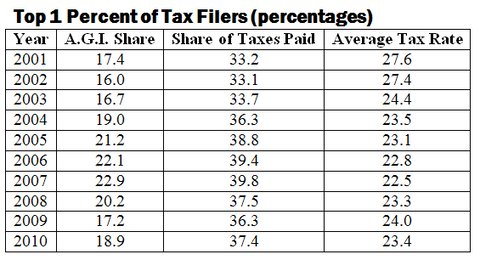These may seem to be reasonable positions. But they are incompatible. That’s been shown by historical events, and it’s now being strikingly confirmed by recent experience in the emerging Obamacare insurance exchanges.
The crux of the matter is what economists call the adverse-selection problem. Uninsured people with pre-existing conditions often face tens or even hundreds of thousands of dollars in out-of-pocket medical costs annually. If insurers charged everyone the same rate, buying coverage would be far more attractive financially for people with chronic illnesses than for healthy people. And as healthy policyholders began dropping out of the insured pool, it would become increasingly composed of sick people, forcing insurers to raise their rates.
But higher rates make insurance even less attractive for healthy people, causing even more of them to drop out. Before long, coverage would become too expensive for almost everyone.
The adverse-selection problem explains why almost no countries leave health care provision to unregulated private insurance markets. It also predicts that requiring private insurance companies to charge the same rates to everyone will make it prohibitively expensive for most people to buy individual health insurance.
In the 1990s, lawmakers in New York State enacted just such a requirement, and the result was exactly as predicted. Rates for individual policies soared, making New Yorkers’ insurance among the most expensive in the nation. Now, rates quoted under the Obamacare exchanges place individual policies within reach for millions of New Yorkers. New York City residents who had been paying $1,000 a month for individual policies in the earlier environment, for example, will now be able to purchase similar coverage on the Obamacare exchanges for slightly more than $300 a month.
What’s changed? Insurers are able to offer more reasonable rates because the individual mandate — the requirement in Obamacare that everyone buy insurance or face financial penalties — is ensuring a high proportion of healthy people in the insured pool.
Early quotes for individual policies on the exchanges in several other states have exhibited a similar pattern. That’s true in California, for example, and in Maryland, the latest state to report, rates now compare favorably with those in employer group plans.
Despite this experience, many in Congress want to repeal the individual mandate. Some, such as Senator Marco Rubio of Florida, have even threatened to shut down the government unless Obamacare is repealed entirely.
What alternatives are there? One way of avoiding the adverse-selection problem would be to re-emphasize traditional employer-provided health plans. Adverse selection is less serious under such plans, because the favorable tax treatment they receive requires insurers to cover all employees irrespective of pre-existing conditions. (Insurers can meet the requirement because most people employed in any company are reasonably healthy.)
But Obamacare was enacted precisely because employer plans fell short in many other ways. Millions of people, for example, are ineligible for such plans because they don’t have jobs. And millions of others with chronic health problems are trapped in their current jobs, because leaving them would mean losing coverage.
Employer plans arose in the first place only because of a loophole created by wage controls during World War II. In an effort to curb the costs of the war effort, the government prohibited wage increases but, perhaps by oversight, did not prevent employers from offering additional fringe benefits as a way to combat labor shortages. Employer health plans proved an especially effective recruiting tool and had the additional advantage of not being taxed as implicit income.
BUT if universal access to health care is the goal, employer plans are not the solution. Because global competition has increased pressure to cut costs, the number of workers with such plans has been steadily declining for more than 40 years.
The challenge was to design a new system that could cover the more than 50 million Americans without health insurance. The Medicare-for-all proposal favored by many health economists was one approach that the administration considered.
But that approach would have required Americans to abandon their existing employer plans for something new and unfamiliar. In the light of survey evidence that most Americans were reasonably satisfied with their existing plans, it’s hard to second-guess President Obama’s conclusion that this step would have been politically infeasible.
The only remaining option was to supplement existing employer plans with regulated private insurance markets. This approach had been carried out successfully in Switzerland, and in Massachusetts under Mitt Romney when he was governor. Individual mandates were an essential ingredient of that strategy. And given that many people could not afford to purchase insurance, it was also necessary to include subsidies for low-income buyers.
Obamacare, in any event, is now the law of the land. Even its most ardent supporters concede that the program will need to be amended as experience accumulates. But evidence from the emerging insurance exchanges vindicates the basic policy choices underlying the legislation.
We must ask those who would repeal Obamacare how they propose to solve the adverse-selection problem. That problem is not an abstraction invented by economists to justify trampling individual liberties. As experience in most countries around the world has confirmed, it is a profound source of market failure that renders unregulated insurance markets a catastrophically ineffective way of providing access to health care.

Robert H. Frank is an economics professor at the Samuel Curtis Johnson Graduate School of Management at Cornell University.
Article source: http://www.nytimes.com/2013/08/04/business/for-obamacare-to-work-everyone-must-be-in.html?partner=rss&emc=rss














